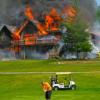Sign in to follow this
Followers
0

Response time
Started by
firecapt32,
-
Recently Browsing 0 members
No registered users viewing this page.

Started by
firecapt32,
No registered users viewing this page.